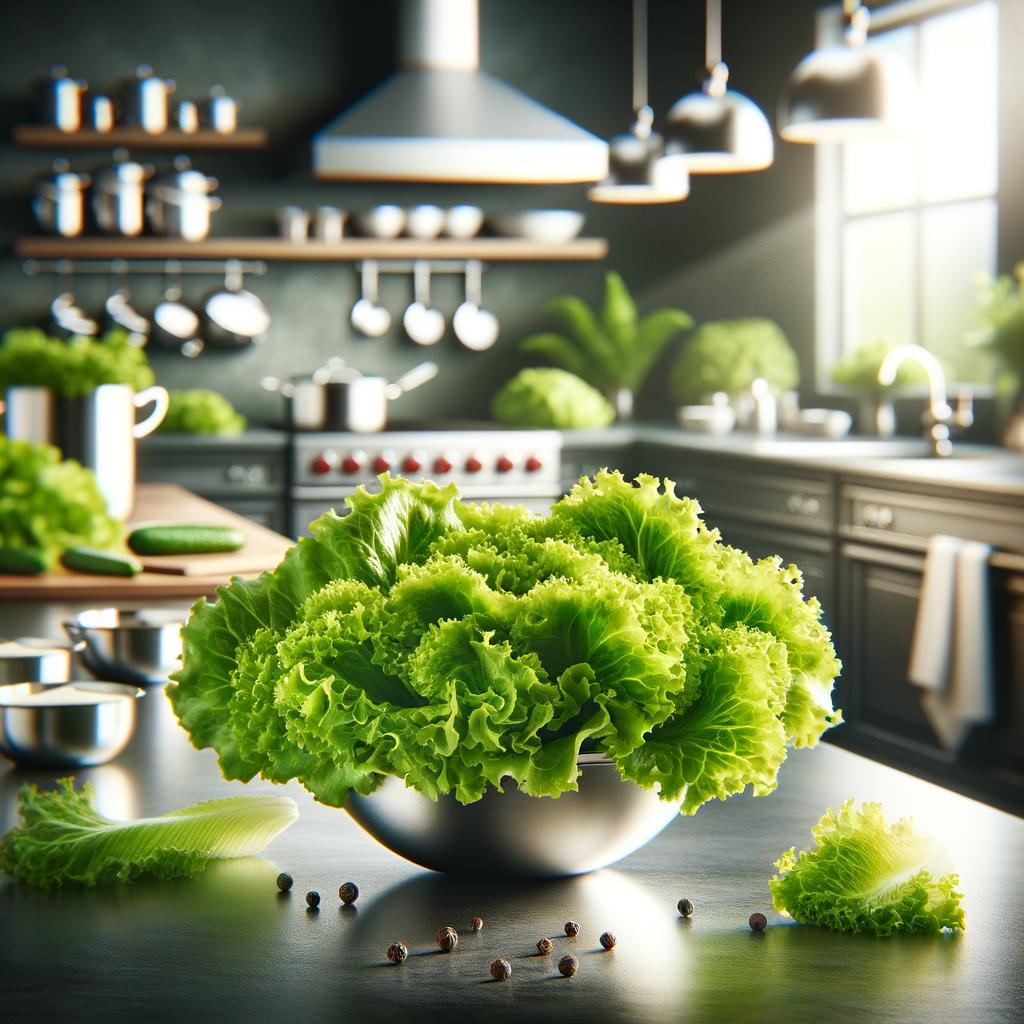Lettuce

Description Lettuce, a leafy green that has graced our tables for millennia, is a marvel of nature. Its appearance varies from the crisp, tight heads of Iceberg, to the tender, delicate leaves of Butterhead, and the ruffled, red-tinged edges of Oakleaf. The texture is equally diverse, ranging from crunchy and crisp to soft and buttery. The flavor profile is generally mild, with a slight bitterness that adds complexity to its fresh, watery taste. What sets lettuce apart from other leafy greens is its high water content, making it a refreshing, hydrating ingredient in any dish.
Primary Uses Lettuce is a versatile ingredient, used in myriad ways across various cuisines. It is the backbone of salads, providing a crisp, refreshing base for a plethora of ingredients. In sandwiches and wraps, it adds a cool crunch, while in soups, it contributes a subtle, earthy flavor. Beyond its culinary uses, lettuce has been used for its medicinal properties, known to aid digestion and promote sleep. Its cultural significance cannot be understated, symbolizing prosperity and fruitfulness in many cultures.
History Lettuce has a rich and romantic history that dates back to ancient times. It was highly prized by the Egyptians who believed it to be a symbol of fertility, and they even depicted it in their hieroglyphics. The Greeks and Romans, too, held it in high regard, using it in their meals and medicinal potions. Over time, the cultivation and use of lettuce spread across the globe, evolving from a weed-like plant to the diverse varieties we see today. Folklore has it that eating lettuce promotes good dreams, a belief that may be linked to its mild sedative properties.
Nutritional Information Lettuce is a nutritional powerhouse, packed with vitamins A, C, and K, along with folate and iron. It's low in calories and high in water content, making it an excellent choice for those seeking to maintain a healthy weight. The fiber in lettuce aids digestion, while its vitamin K content promotes bone health. Compared to other leafy greens, lettuce may have a higher water content and lower concentration of nutrients, but it remains a valuable part of a balanced diet, providing essential vitamins and minerals in a refreshing, low-calorie package.

